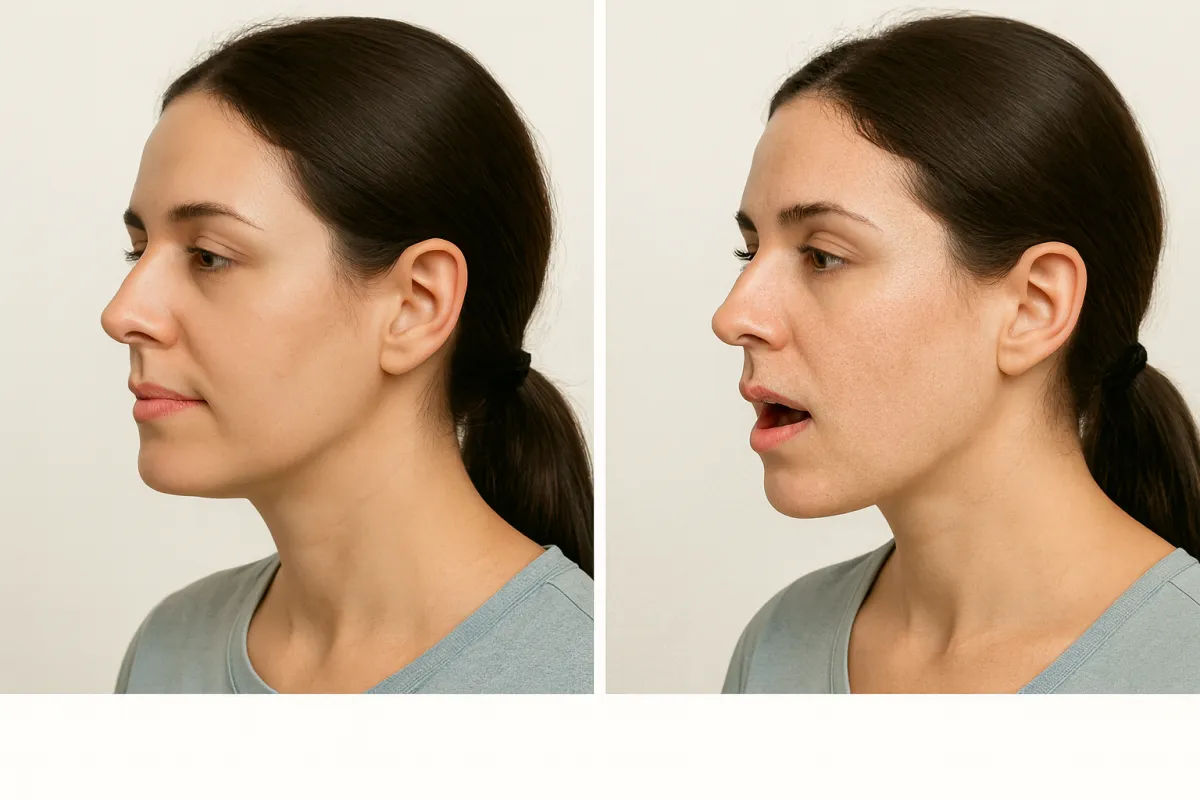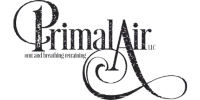
Can Myofunctional Therapy and Buteyko Breathing Reduce Mouth Breathing Faster?
Does Combining Myofunctional Therapy with Buteyko Breathing Retraining Reduce Therapy Time and Discomfort?
Mouth breathing isn’t just a harmless habit it’s often the root of cascading health issues, from poor sleep to misaligned teeth to speech delays in children. And for many, it’s not a conscious choice but a dysfunction rooted in the way the facial and oral muscles work together. Fortunately, emerging combinations of therapies, especially the blend of Orofacial Myofunctional Therapy and Buteyko Breathing Techniques are showing promise in tackling this issue at its core.
In this article, we explore whether combining these therapies can truly reduce discomfort and shorten the journey toward functional breathing, better sleep and improved speech.
Mouth Breathing and Its Lingering Impact
Mouth breathing often starts early, sometimes from chronic nasal congestion, allergies or even bottle feeding. Over time, this habit trains the facial muscles to rest in unnatural positions. The tongue rests low in the mouth, lips stay apart and the airway narrows.
This dysfunction can lead to:
Dry mouth and gum disease
Poor speech development in children
Altered tongue posture affecting facial growth
Reduced oxygen uptake during sleep
Chronic fatigue, irritability, and even misdiagnosed behavioral issues
Despite the clear links, many sufferers go years without realizing mouth breathing is the root cause.
The Hidden Cost of Doing Nothing
Leaving mouth breathing unaddressed isn't just uncomfortable, it can be detrimental.
Children may struggle with speech clarity or academic performance. Adults may experience restless sleep, headaches, and increased anxiety. The consequences compound as muscles adapt to these imbalances, making later correction more challenging and time-consuming.
Additionally, untreated mouth breathing often means:
Orthodontic relapse after braces
Increased risk of sleep-disordered breathing
Lower self-confidence due to facial development concerns
It’s not just a breathing issue it’s a whole-body health concern.
Combining Myofunctional Therapy and Buteyko Breathing Techniques
To reverse mouth breathing and restore optimal oral muscle function, two therapeutic approaches are proving effective in combination.
Orofacial Myofunctional Therapy:
This therapy focuses on retraining the tongue, lips, and facial muscles to promote proper nasal breathing and swallowing. Certified therapists guide clients through exercises to:
Correct low tongue posture
Strengthen lips and cheeks
Repattern nasal breathing during rest and sleep
Support speech development
Buteyko Breathing Techniques:
Buteyko retraining focuses on restoring proper carbon dioxide levels through slow, controlled nasal breathing. It:
Enhances diaphragmatic breathing
Lowers anxiety and over-breathing patterns
Reinforces nasal airway dominance
Reduces reliance on open-mouth habits
Together, these two approaches tackle both the function (muscle tone and posture) and the mechanics (breathing rhythm and control) of healthy respiration.
Can This Combo Really Shorten Therapy and Reduce Discomfort?
Yes, and here’s why.
OMT alone can sometimes cause jaw fatigue or resistance early in therapy. By layering in Buteyko breathing, clients often report:
Faster adaptation to nasal breathing
Less muscle soreness due to coordinated breath control
Improved self-awareness of oral posture throughout the day
Better sleep earlier in the process, which supports healing
In clinical settings, therapists at centers like Primal Air have observed that integrating Buteyko exercises can help clients complete their OMT programs in less time, with fewer setbacks.
It’s a synergy not a shortcut but it matters.
Breath for Success
[Midjourney Prompt: A photorealistic image of a smiling therapist consulting with a client across a desk, tablet open to a breathing exercise app, clean and calm atmosphere, natural sunlight]
If you or your child struggle with mouth breathing, the first step is to find a qualified orofacial myofunctional therapist who understands breathing retraining not just muscle exercises.
At Primal Air, therapists blend functional muscle retraining with proven Buteyko breathing techniques to create custom protocols that:
Align the tongue and lips
Support full nasal breathing day and night
Reduce therapy discomfort
Reinforce lasting results
Each client gets a tailored plan that fits into everyday routines, not just clinic visits.
What Real People Are Saying
“After just a few weeks of combining tongue exercises and Buteyko, I was sleeping better and waking up with a closed mouth for the first time in years.” Mark D., adult client with chronic sinus issues
“My daughter’s speech therapist referred us to Primal Air. With their combined therapy plan, her mouth breathing stopped within two months, and her lisp improved.” Rachel M., parent of a 7-year-old
These stories aren’t rare they're becoming the norm in integrated OMT and breathing clinics across the country.
How to Know If You Need Help
Here’s a quick self-check:
Do you often wake up with a dry mouth?
Does your child sleep with their mouth open?
Have orthodontic treatments relapsed?
Do you notice drooling, speech delays, or daytime fatigue?
If yes, there’s a high chance that mouth breathing and poor tongue posture are involved and you don’t have to “just live with it.
It’s About More Than Breathing
Fixing mouth breathing is not just about nasal airflow it’s about posture, oxygen delivery, muscle coordination and sleep quality.
Combining Orofacial Myofunctional Therapy with Buteyko Breathing Techniques offers a well-rounded, body-first approach that can:
Shorten therapy duration
Reduce initial discomfort
Create results that last
And the earlier the intervention, the smoother the journey.
Discover how to Identify Orofacial Myofunctional Disorders and how Orofacial Myofunctional Therapy can help - read our recent article here..

